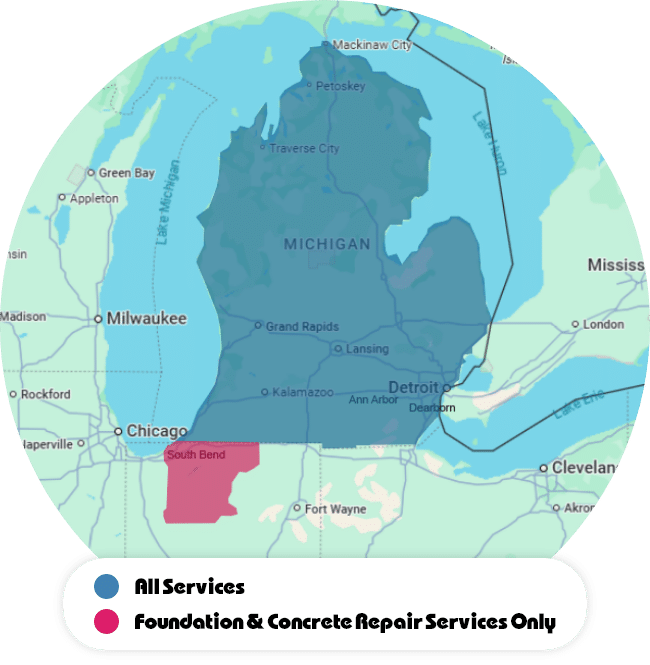Deciphering Those Cracks in the Wall
Our basement walls, or lower level walls can tell us a lot about the state of the foundation. What we may think is just a little crack in the cinder block could actually mean a lot more. The interesting thing is each type of crack can mean something different, or tell a story about the history and current state of the house.
But first, what causes a wall to fail? Well, there can be a couple different culprits.
For one, it could be the type of soil. This is a big problem with land that has a high clay composition. Clay expands and contracts based off of the amount of moisture in the ground. So when there's a dry spell, the clay shrinks and begins cracking. When it rains and clay gets wet, it starts expanding. The pressure of expanding wet clay then puts a lot of pressure on basement walls. When the pressure grows too much, the wall begins pushing inward.
This can happen with regular soil content as well. If water is allowed to accumulate within the backfill soils there is an increase in hydrostatic presure, which also exerts pressure upon the wall.
With colder climates, frost can be a factor as well. You wouldn't think it but frost can actually exert thousands of pounds of force on a wall.
So, how do we figure out what those cracks in the wall mean for the foundation?
Most commonly there's horizontal and vertical cracking, which is normally a result of soil water saturation and pressure. This kind of cracking is typically near the middle of the wall and can start out small but increase over time if the soil continues to put pressure on the wall. These cracks are one of the first signs of wall failure.


Then we have stair-step cracking that is normally near the corners of the wall, which is another common sign of a decrease in stability of the wall. This happens as a wall bows towards the middle, and can mean that the problem is getting worse.

An even more severe sign of wall failure is when the walls start sliding in at the bottom or top of the wall. When it starts pushing in at the bottom, it means the concrete floor is holding the bottom blocks in place while the rest of the wall cracks and pushes in. When it slides in at the top that means it has become a serious problem, because the connection of foundation wall to house frame has been compromised.

All of these issues require immediate attention before they get any worse. If you're experiencing any of these problems, schedule a free estimate with us today!









